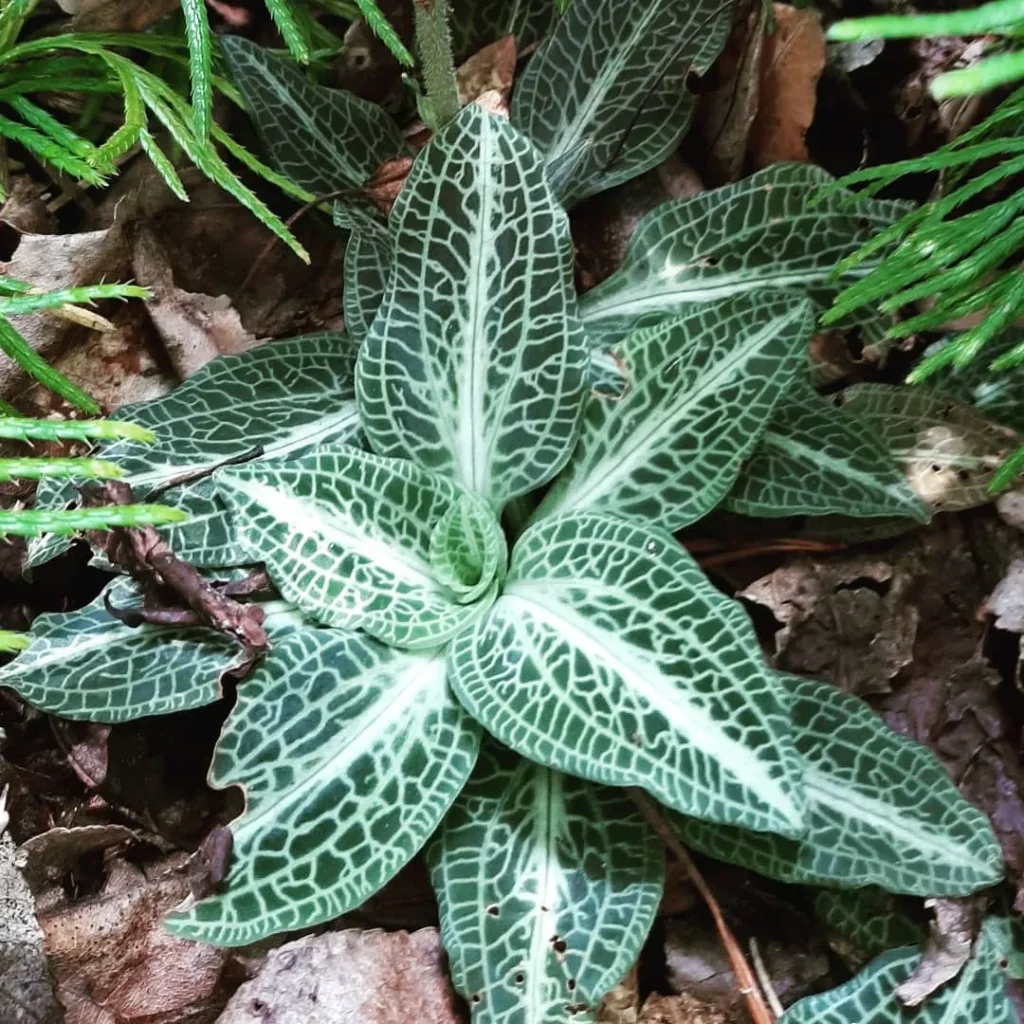
Baby Blue Eyes: A Touch of Azure in Your Garden
There’s something undeniably captivating about a field of wildflowers swaying gently in the breeze. Among these vibrant displays, one particular flower has always caught my eye: the Nemophila menziesii, more commonly known as Baby Blue Eyes. These little charmers, with their saucer-shaped blooms in the most captivating shade of blue, have a way of stealing the show.
For years, I’d admired them carpeting meadows and hillsides, but this year, I decided to bring a piece of that magic into my own garden. After some research and a sprinkle of trial and error, I’m here to share my experience and everything I’ve learned about cultivating these delightful flowers.
13 Species in Genus Nemophila
What is Nemophila menziesii?
Baby Blue Eyes are native to western North America, particularly California. These little annuals, reaching a height of just 3-6 inches, boast vibrant blue, five-petaled flowers with white centers. Some varieties, like the Nemophila menziesii var. atomaria, even have pure white blooms. Their delicate, fern-like leaves add a touch of whimsy to the overall aesthetic.
How to Grow Nemophila menziesii?
Growing Baby Blue Eyes is surprisingly easy, making them perfect for both seasoned gardeners and beginners like myself. Here’s what you need to know:
Planting:
- Timing is key: Aim to sow seeds directly outdoors 4-6 weeks before the last frost. They germinate readily in cool spring temperatures.
- Light it up: Baby Blue Eyes prefer full sun to partial shade. In very hot climates, some afternoon shade might be beneficial.
- Soil prep: Well-drained, fertile soil is ideal. Amending your soil with compost before planting will provide the nutrients these little guys need to thrive.
- Seeding: Sow seeds thinly, barely covering them with soil. Water gently and keep the soil consistently moist until germination.
- Spacing: Aim for 6-8 inches between plants for optimal growth and a beautiful carpet effect.
How to Care for Nemophila menziesii?
Once established, Baby Blue Eyes are relatively low-maintenance. Here’s how to keep them happy:
- Watering: Water regularly, especially during hot and dry spells. Aim to keep the soil moist but not soggy.
- Deadheading: Regularly removing spent blooms encourages continuous flowering throughout the season. Simply pinch or snip off the faded flowers with your fingers.
- Fertilizer: While not strictly necessary, a light application of balanced fertilizer once a month can promote lush growth and abundant blooms.
What Family is Nemophila menziesii In?
Baby Blue Eyes belong to the Boraginaceae family, also known as the Borage family. This diverse family includes popular garden plants like borage, forget-me-nots, and lavender. Interestingly, some members of the Borage family are known for their star-shaped flowers, a characteristic not shared by Baby Blue Eyes.
What to Plant with Nemophila menziesii?
The delicate blue blooms of Baby Blue Eyes pair beautifully with a variety of other flowering plants. Here are some ideas for companion planting:
- California Poppies: Their vibrant orange flowers create a stunning contrast with the baby blue.
- Yarrow: The bright yellow blooms of yarrow add a cheerful touch and complement the blue nicely.
- Sweet Alyssum: The white, cascading flowers of sweet alyssum add a soft, airy texture to the planting scheme.
- Snapdragons: Snapdragons come in a wide range of colors, offering endless possibilities for creating a colorful and vibrant display.
With their charming looks and easy-going nature, Baby Blue Eyes are sure to add a touch of whimsy and elegance to your garden. So, why not give them a try and bring a bit of the California wildflower magic into your own backyard?
If i die, water my plants!



